Understanding OCD: A Closer Look at the Mental Itch
- ד"ר חלים נסאר

- Mar 17
- 3 min read
Obsessive-Compulsive Disorder (OCD) is often misunderstood and underdiagnosed, partly due to misconceptions and a lack of awareness. Many individuals may not recognize their symptoms as OCD, and even healthcare providers can sometimes misinterpret the condition, leading to delays in diagnosis and treatment. Many people associate it with behaviors like excessive handwashing or obsessive tidiness. While these can be symptoms, the reality of OCD is far more complex and varied. One of the most important things to understand about OCD is that its symptoms can differ greatly between individuals and even change over time for the same person.
What Does OCD Look Like?
At its core, OCD involves obsessions and compulsions. Obsessions are intrusive, unwanted thoughts, images, or urges that cause significant distress. Compulsions are the actions—whether physical or mental—that someone feels driven to perform to neutralize or alleviate the distress caused by their obsessions.
Here are some examples of how OCD can manifest:
Person A: They are haunted by the fear of harming others accidentally. This might lead them to repeatedly check locks, appliances, or even their driving route to ensure they haven’t caused harm.
Person B: They are consumed by worries about contamination. This could result in compulsive cleaning or avoidance behaviors that severely limit their daily activities.
Person C: They have intrusive thoughts about their moral integrity, such as worrying excessively about whether they’ve lied or been unkind. They might mentally replay conversations over and over, seeking reassurance that they did nothing wrong.
What these scenarios have in common is not the specific content of the obsessions or the compulsions but the underlying "mental itch"—the unpleasant feeling that something is wrong. For individuals with OCD, this itch can be unbearable, driving a relentless need to "scratch" it through compulsions.
As mentioned earlier, the symptoms could change over time for the same individual. However, regardless of the specific thought, it would always be accompanied by the same urge to curb it.
Mental Compulsions: The Invisible Side of OCD
Compulsions are not always visible behaviors. Many individuals with OCD engage in mental acts that are just as disruptive as physical rituals. For example:
Thought suppression: Trying to push intrusive thoughts out of the mind.
Mental reviewing: Replaying events in an attempt to analyze or fully understand them.
Rationalization: Attempting to reason through or "solve" the discomfort caused by a thought until there’s a sense of closure.
Unspecific mental acts: Sometimes, a person might describe engaging in vague or even unusual mental behaviors, such as visualizing a specific shape in their mind or silently repeating a meaningless phrase, in an attempt to "suppress the thought." These types of mental compulsions can sometimes be difficult to recognize.
These mental compulsions can be just as time-consuming and distressing as overt actions. They can intrude into daily life, making it difficult to focus on work, relationships, or even leisure activities. For those with OCD, this constant mental battle can severely affect quality of life.
Breaking the Cycle: Treatment for OCD
The good news is that OCD is treatable. A particularly effective approach is Exposure and Response Prevention (ERP). This form of therapy involves gradually exposing the person to situations or thoughts that trigger their obsessions while helping them resist the urge to perform compulsions. Over time, this process reduces the intensity of the mental itch and teaches individuals that they can tolerate the discomfort without needing to scratch.
Other treatments, like medication, can also be helpful in managing OCD symptoms. Selective serotonin reuptake inhibitors (SSRIs) such as fluoxetine, fluvoxamine, and sertraline are commonly prescribed. In some cases, atypical antipsychotics may be used as an adjunct treatment for severe cases. These medications can work well in conjunction with therapy, particularly Exposure and Response Prevention (ERP).
Final Thoughts
OCD is more than just a quirk or a personality trait—it’s a serious condition that can profoundly impact a person’s life. Understanding that symptoms vary and that compulsions can be mental as well as physical is key to breaking down the stigma and misconceptions around OCD. If you or someone you know is struggling with OCD, know that effective treatment is available, and recovery is possible. The first step is reaching out for help.


Comments